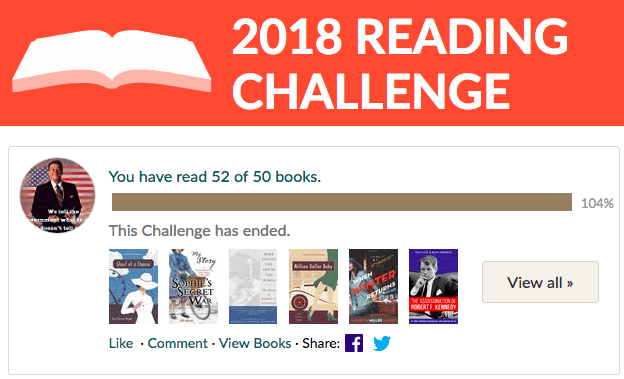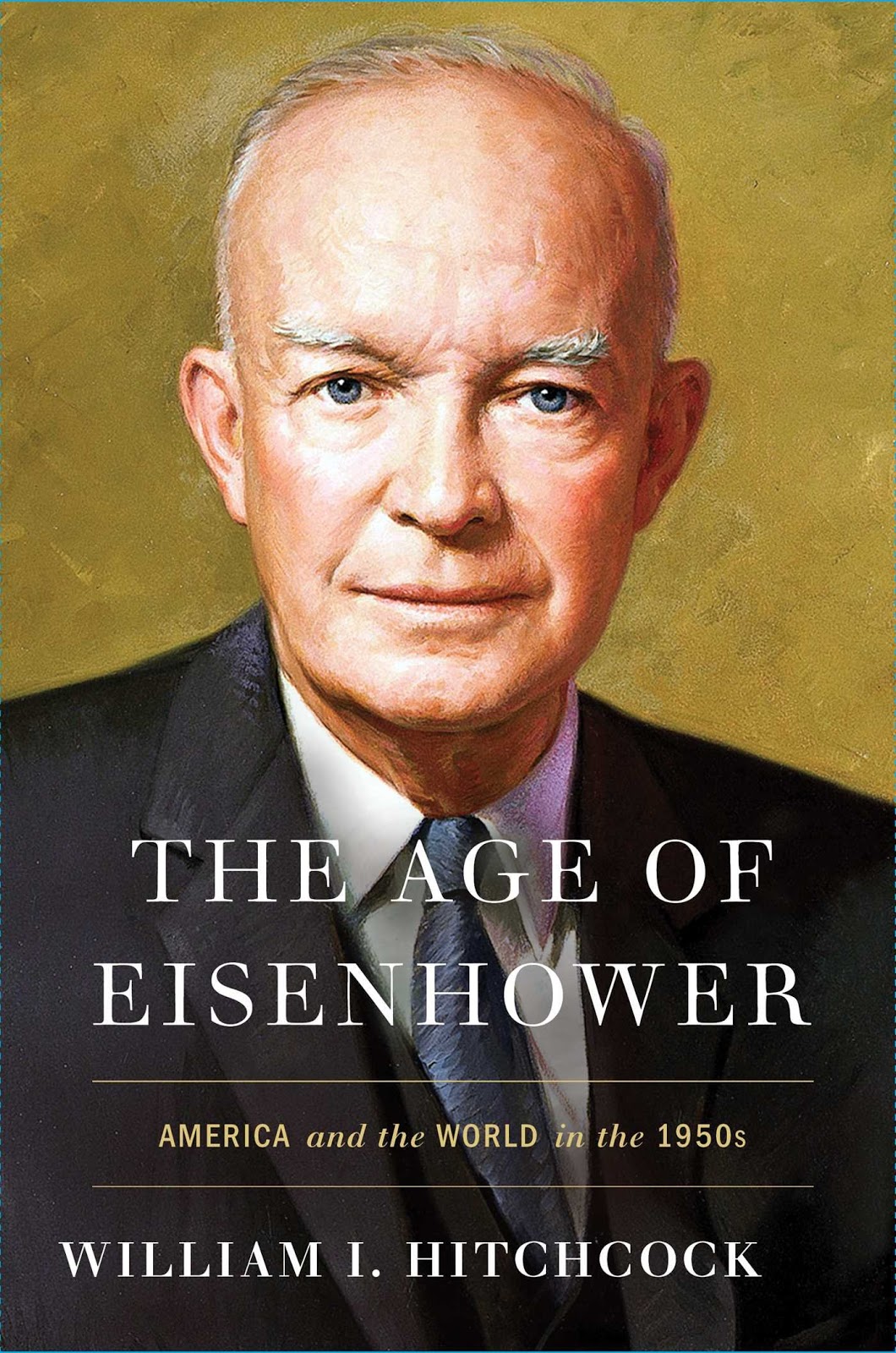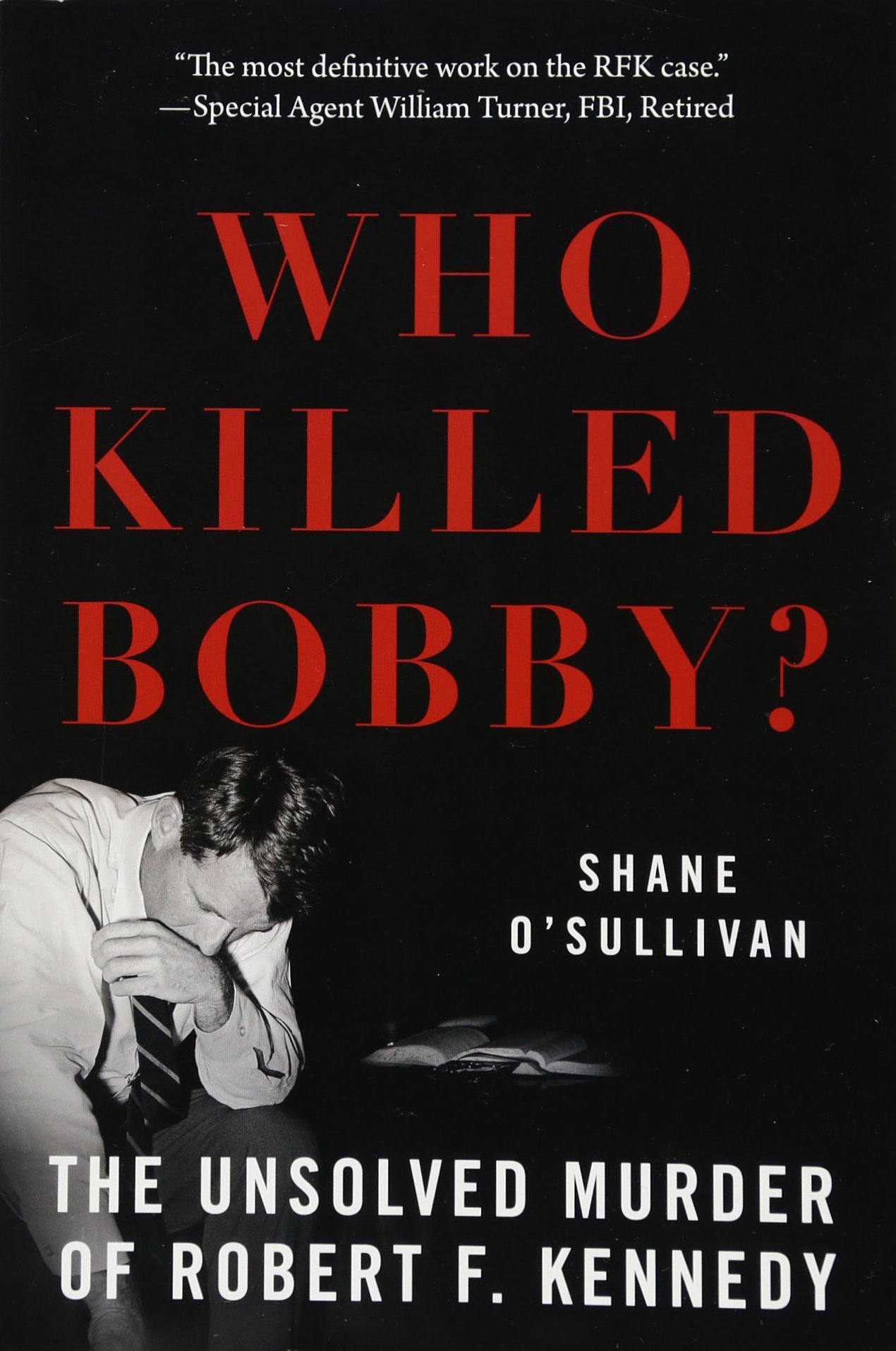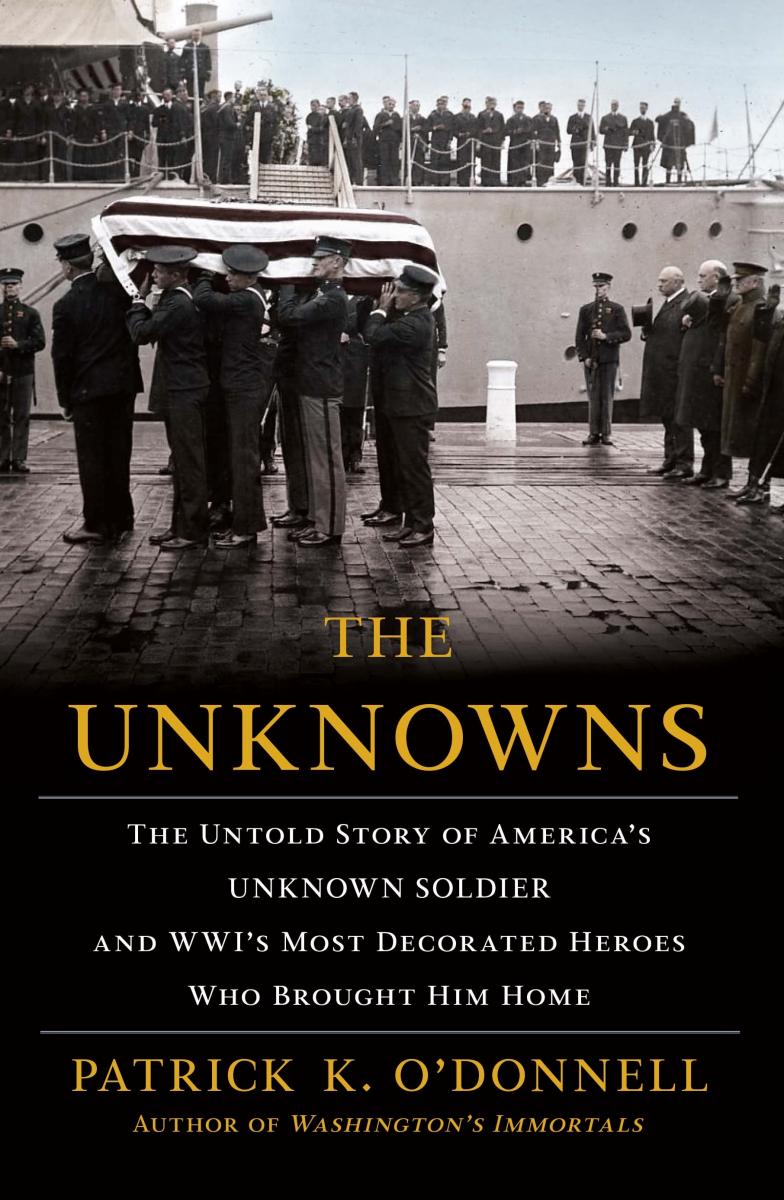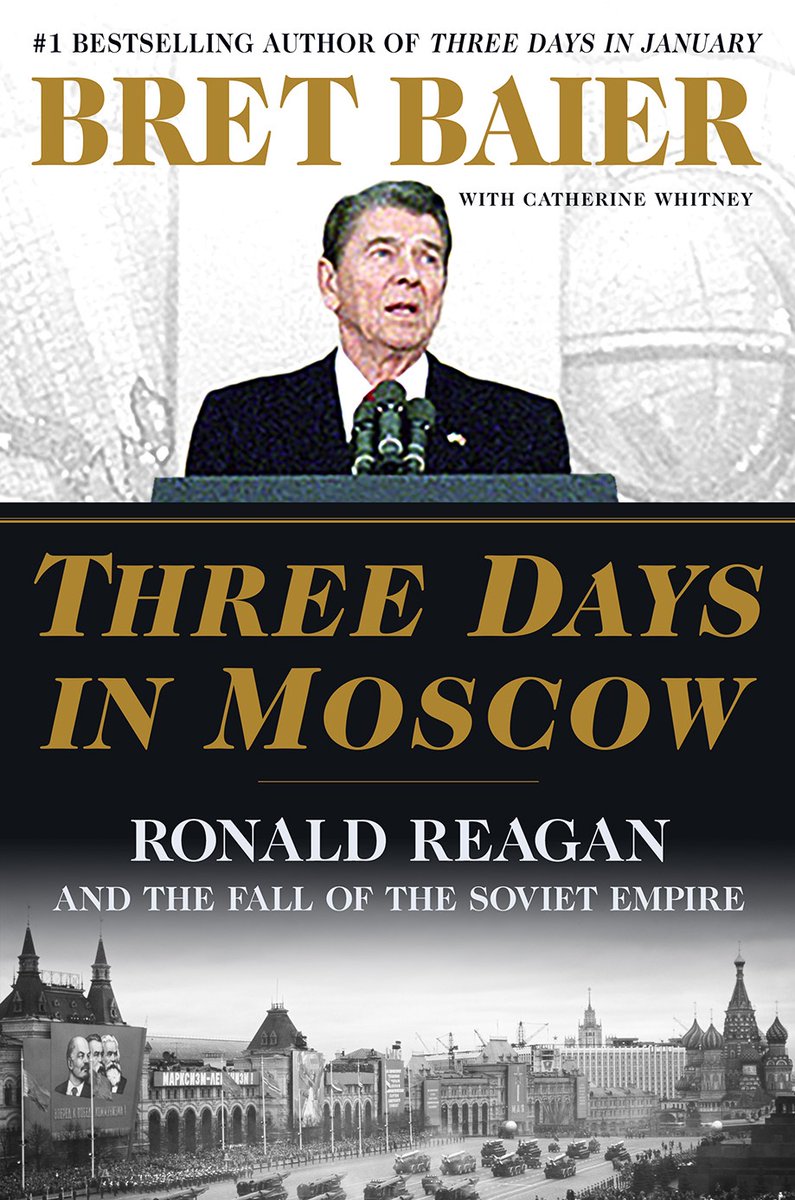2018 Book Parade
2018 Book Parade The 2018 Collection: The 2018 Book Parade continues with history & historical fiction published in… Read More »2018 Book Parade
2018 Book Parade The 2018 Collection: The 2018 Book Parade continues with history & historical fiction published in… Read More »2018 Book Parade
The Age of Eisenhower 2018 Collection: The Age of Eisenhower chronicles the rise and, well, never really fall of Supreme Allied Commander turned cold… Read More »The Age of Eisenhower
Who Killed Bobby? 2018 Collection: In honor of the 50th anniversary (remember I said last week that this is the year of the… Read More »Who Killed Bobby?
The Unknowns A special WWI Centennial post. Honoring that fact that this year (well, today, precisely) is the year of anniversary (50 years, 55… Read More »The Unknowns
Three Days in Moscow The first USA-eVote Reads post not to be featured in a history series post. But, it is also the… Read More »Three Days in Moscow
